- Did I mention I want this to be bright? Like hand-held headlight sort of bright? Initially I thought this type of thing would be a cakewalk. I mean, everyone's first project is just figuring out how to light up an LED, right? Well I tried that, but even a string of high brightness white LEDs is just enough light to read by. I've settled on a pair of Cree XML2 wide angle high powered LEDs, which can be driven by up to 3 amps constant current. That's more like it.
- Dimmable because why not. The challenge here was finding a constant current driver with a PWM input and a small enough form factor to cram into an 80mm ball with everything else. I settled on a 1 amp driver because I also have concerns about controlling heat dissipation. This forced me either to use a 2S Lipo to drive the LEDs in series with one driver or to use two drivers and consume 2 amps at full power from a 1S Lipo. I decided on the series configuration as that should also help with battery life.
- Wireless charging. A 5V wireless charging module was easy enough to find. Of course, this would only be capable of charging a 1S lipo. That means I need a way to switch the lipos between a 2S configuration for powering the system and a 1S configuration for charging. Using DPDT logic level relays I can switch a pair of 1S lipos from a series configuration for discharge and a self-balancing parallel configuration for charging. Sweet.
- One button to bring them all, and in the [light of a hand held lantern] bind them. With some clever programming this isn't terribly difficult. The hardest part is powering the system up using the button when the microcontroller isn't running yet.
Orb Omni-Light
A palm sized lantern with high powered LEDs, wireless charging, and a single button for dimming, power cycling, and selecting battery modes.
 Christian
Christian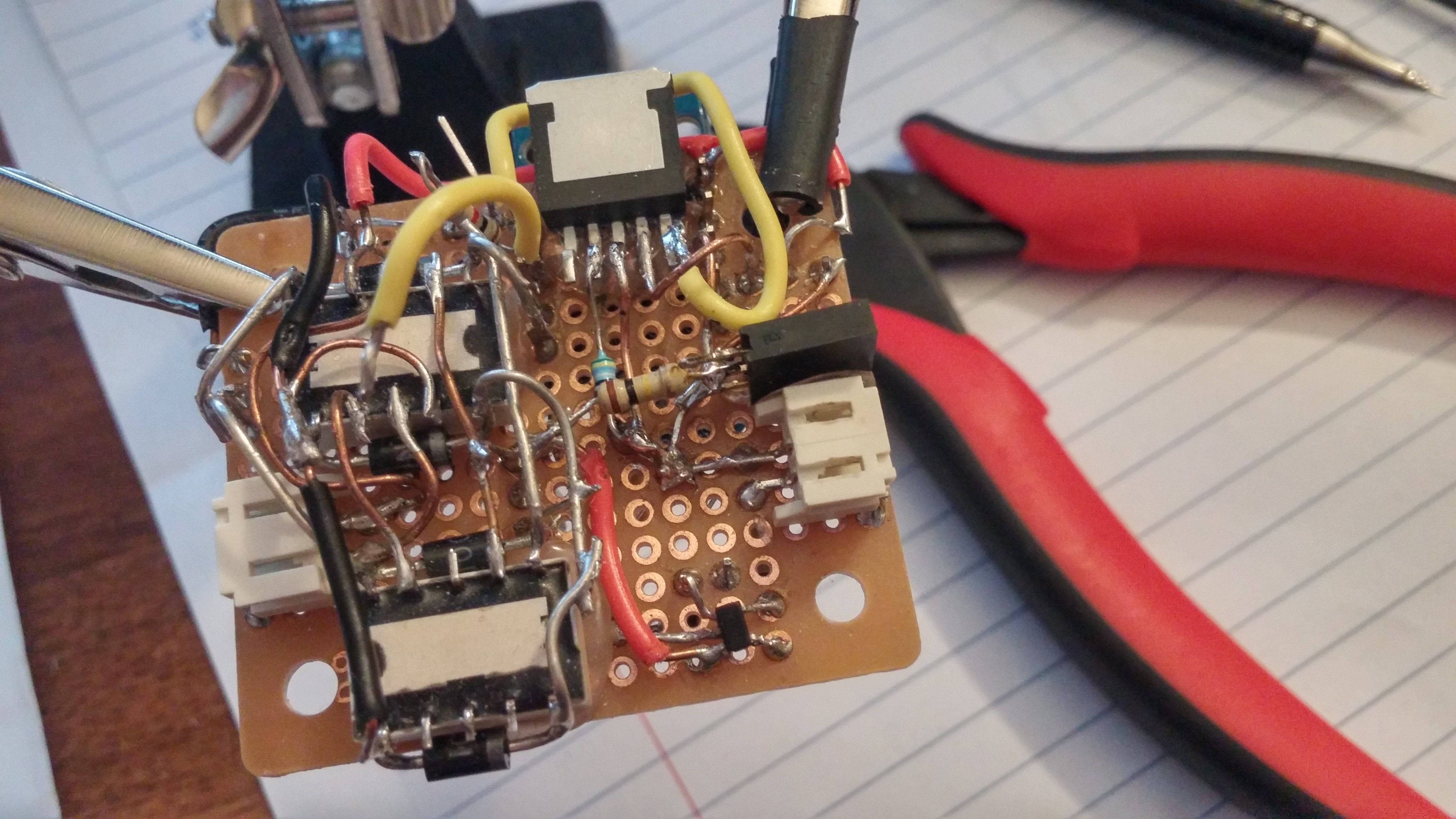
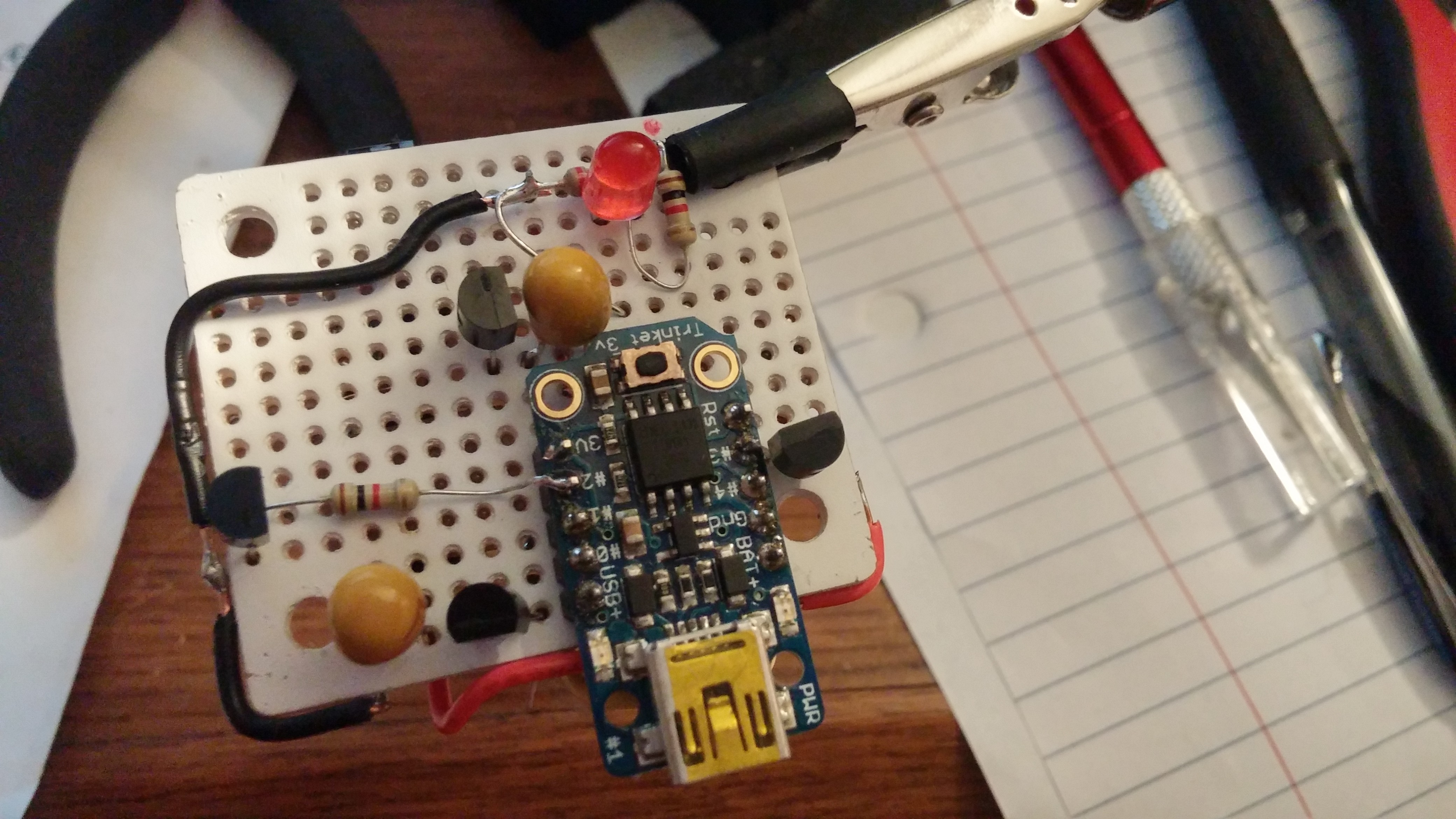
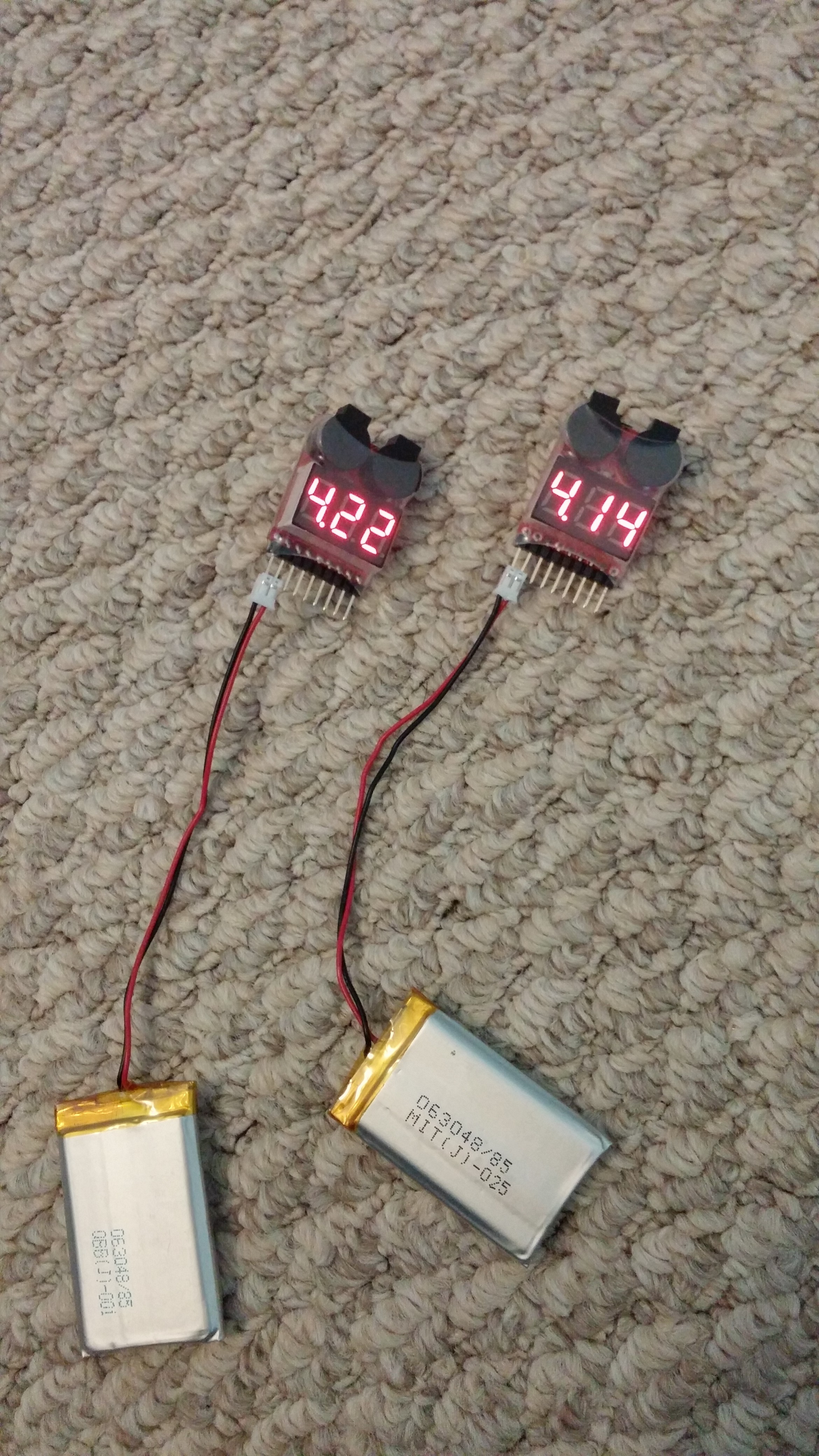

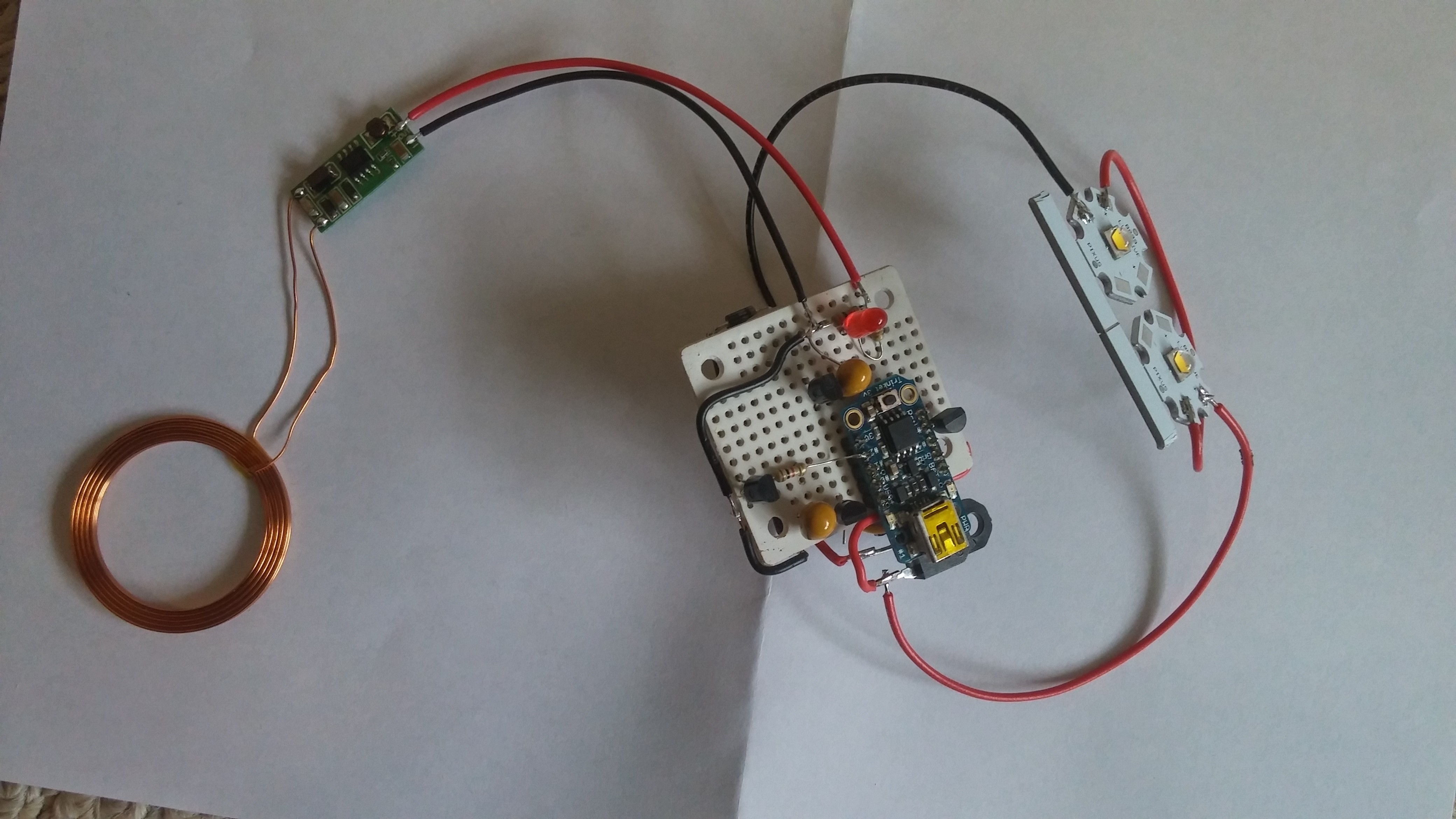


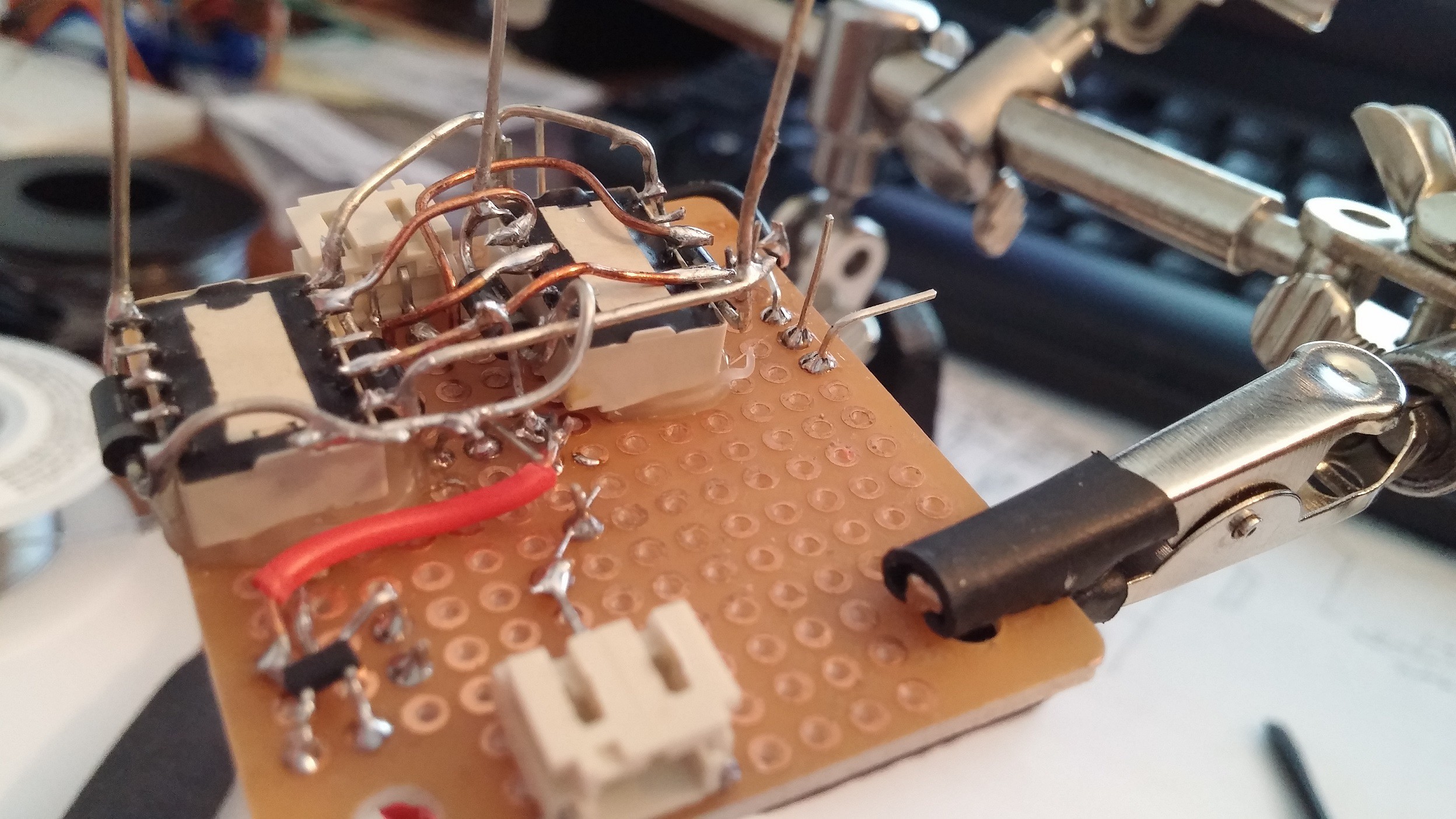
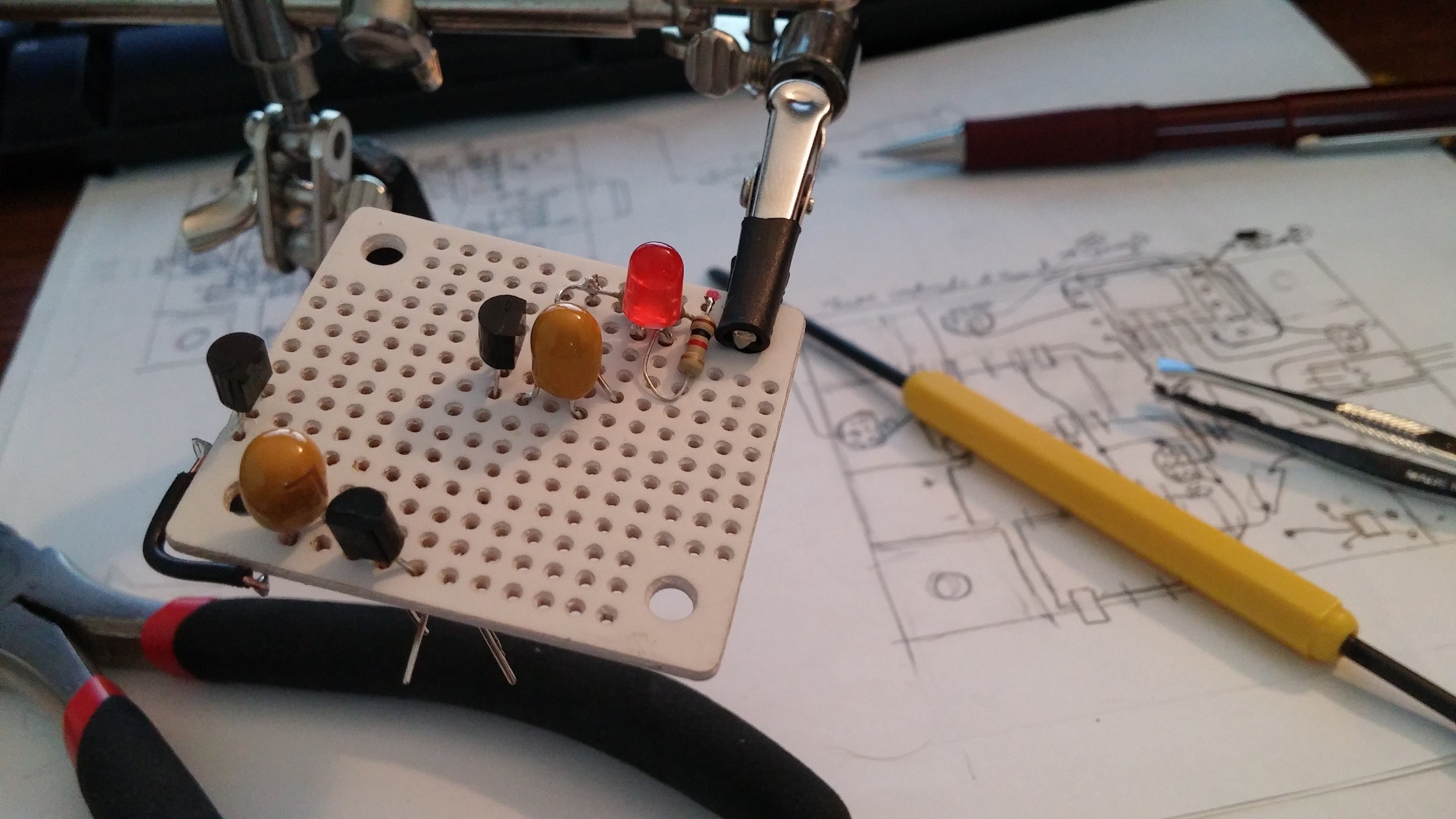
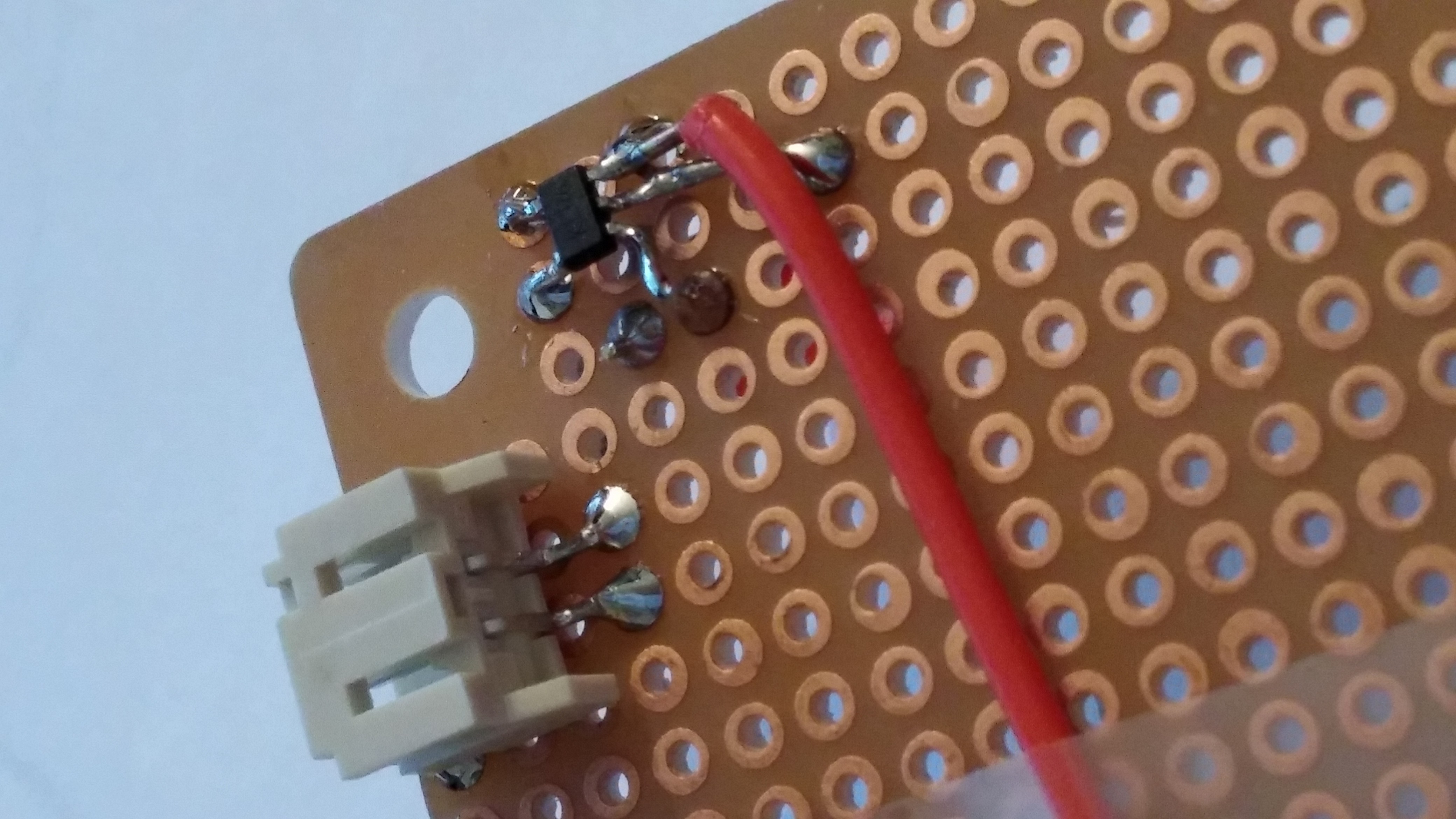
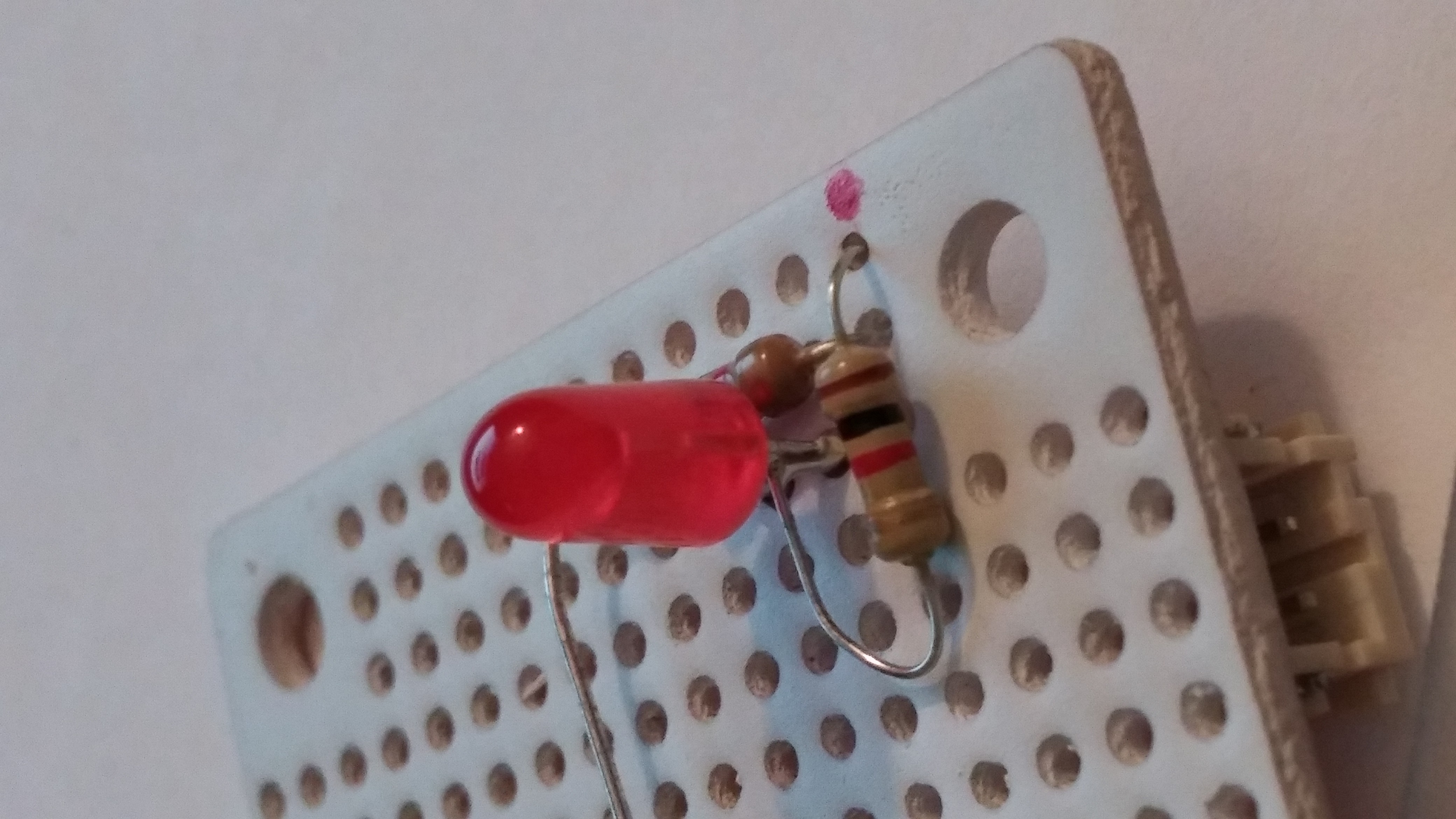
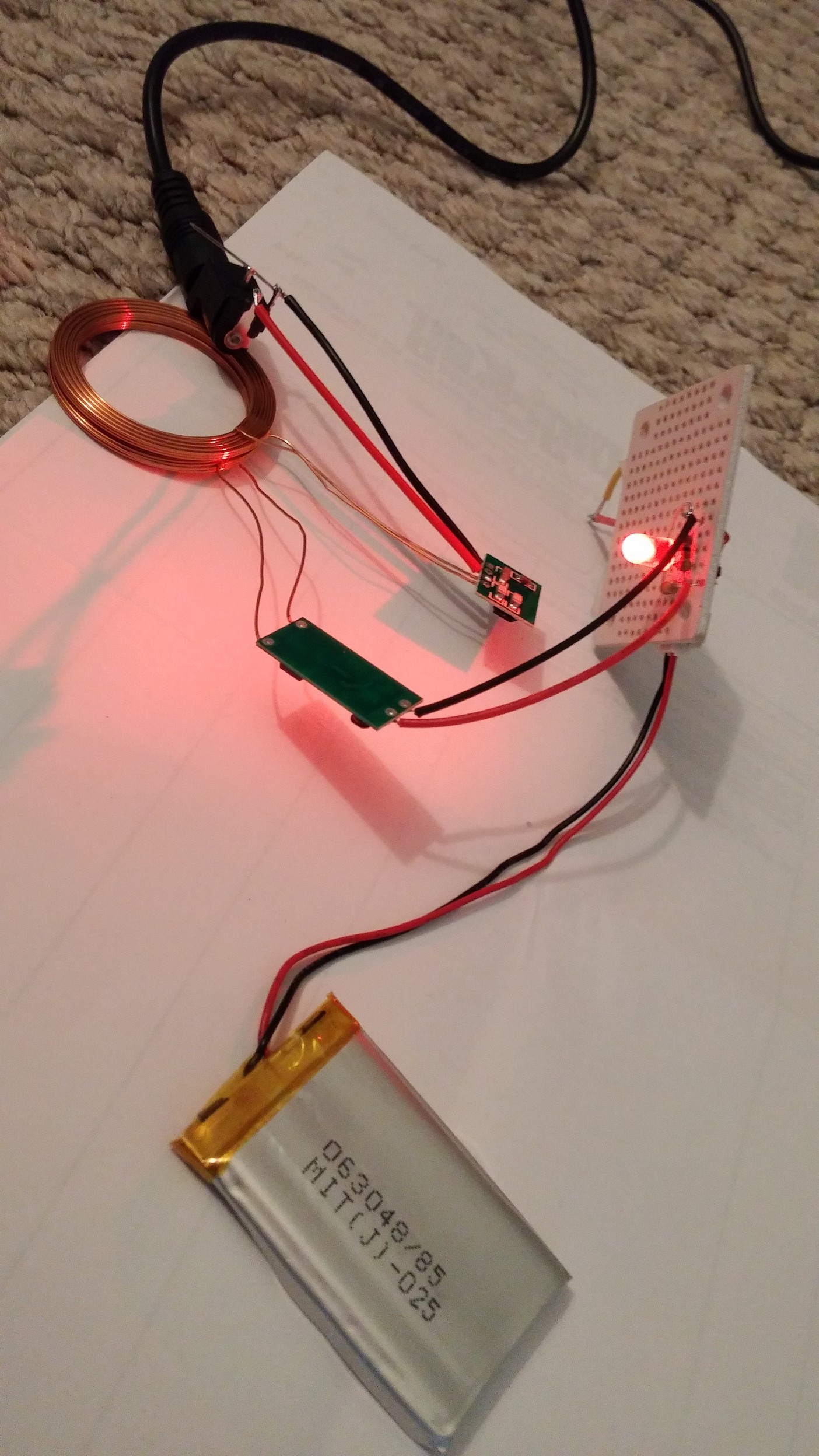


 Jon Kunkee
Jon Kunkee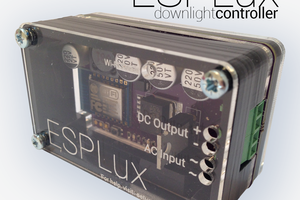
 Matt
Matt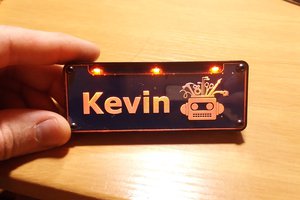
 Kevin Arne
Kevin Arne
 mkdxdx
mkdxdx